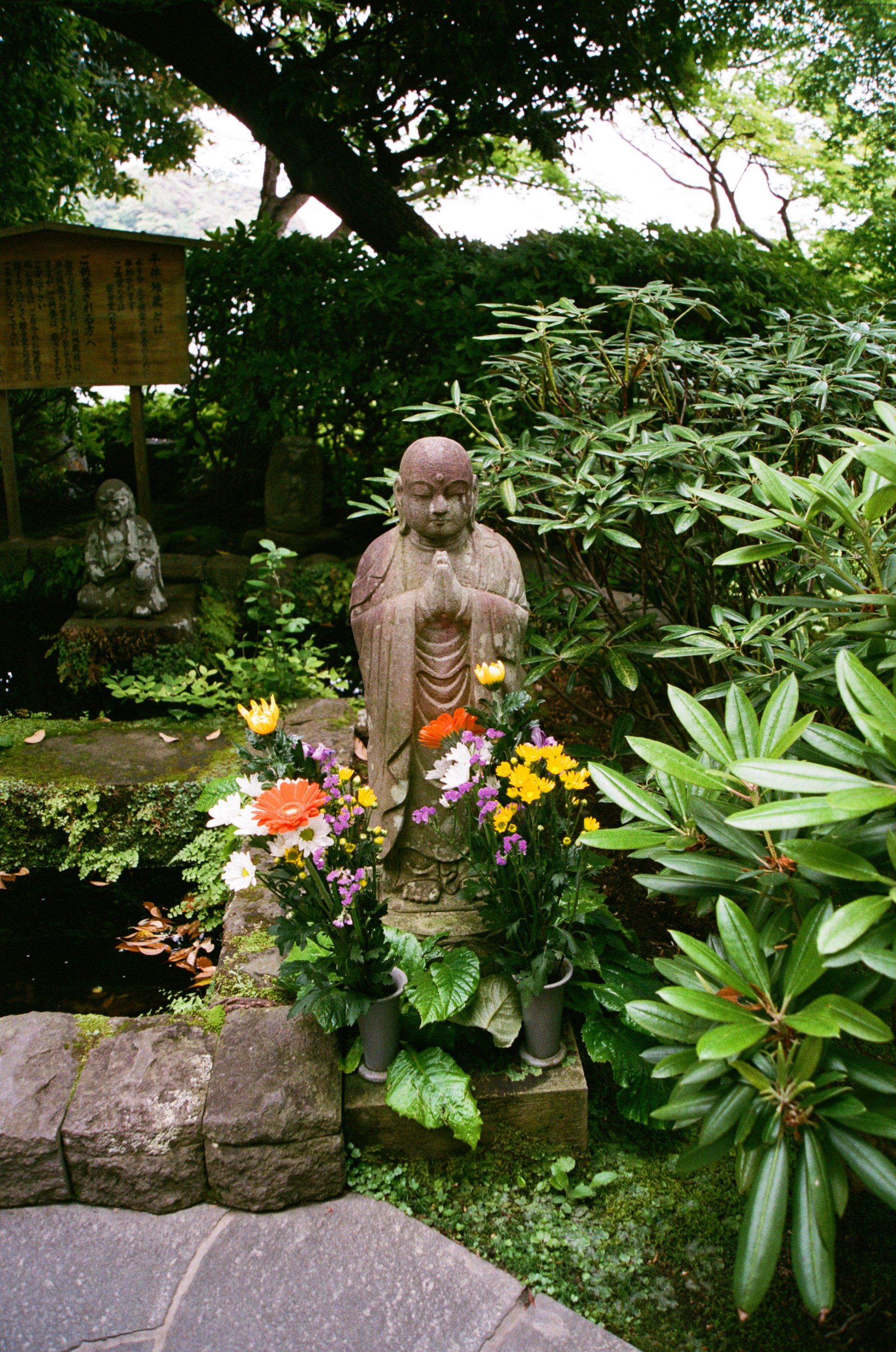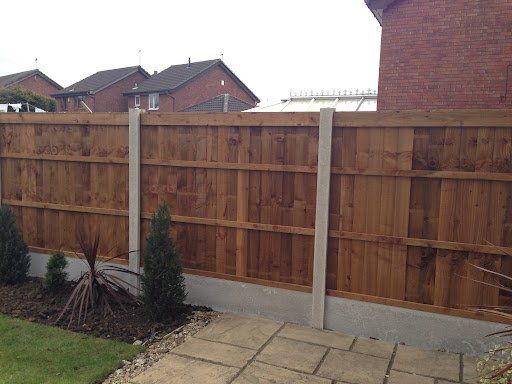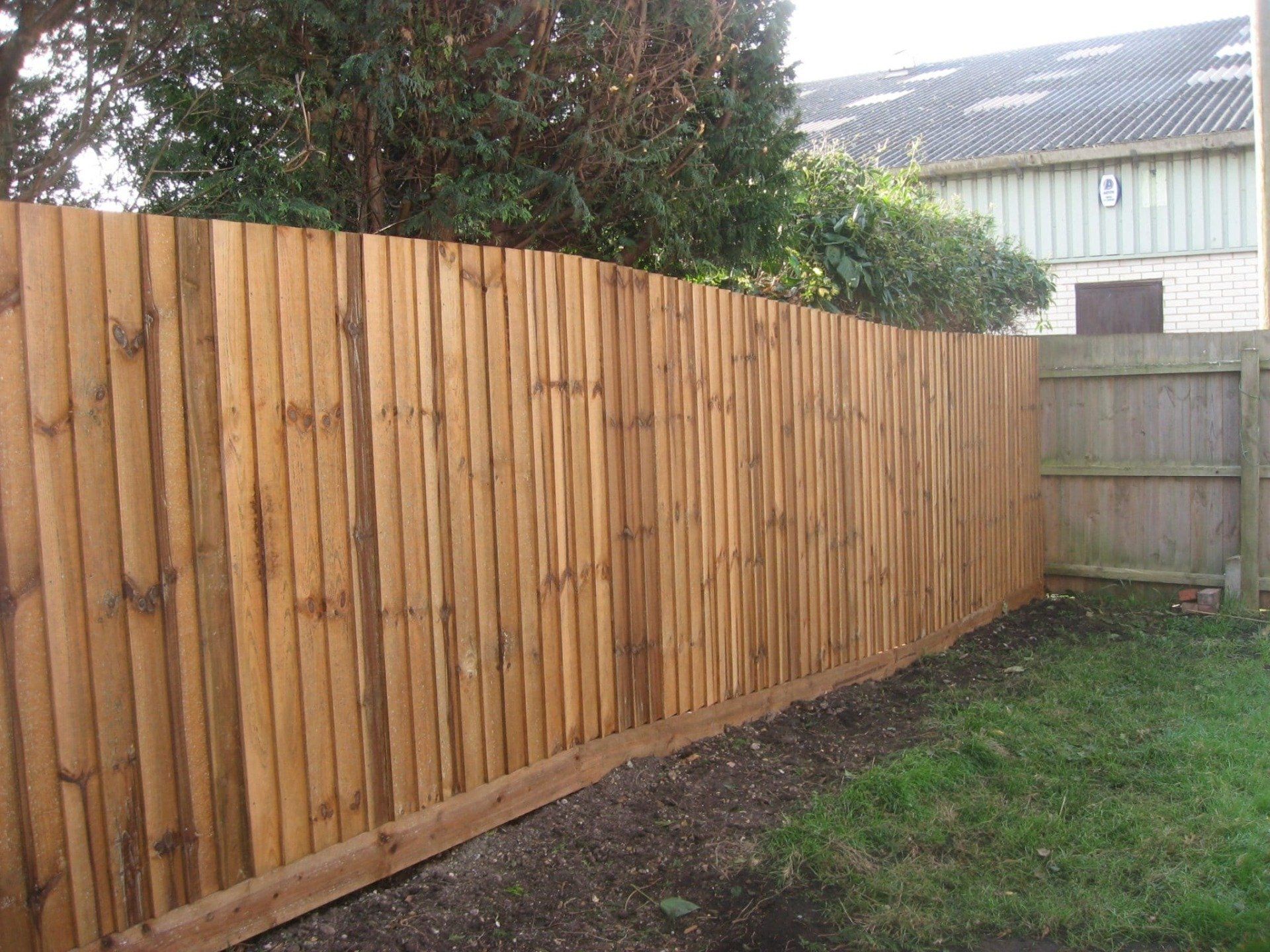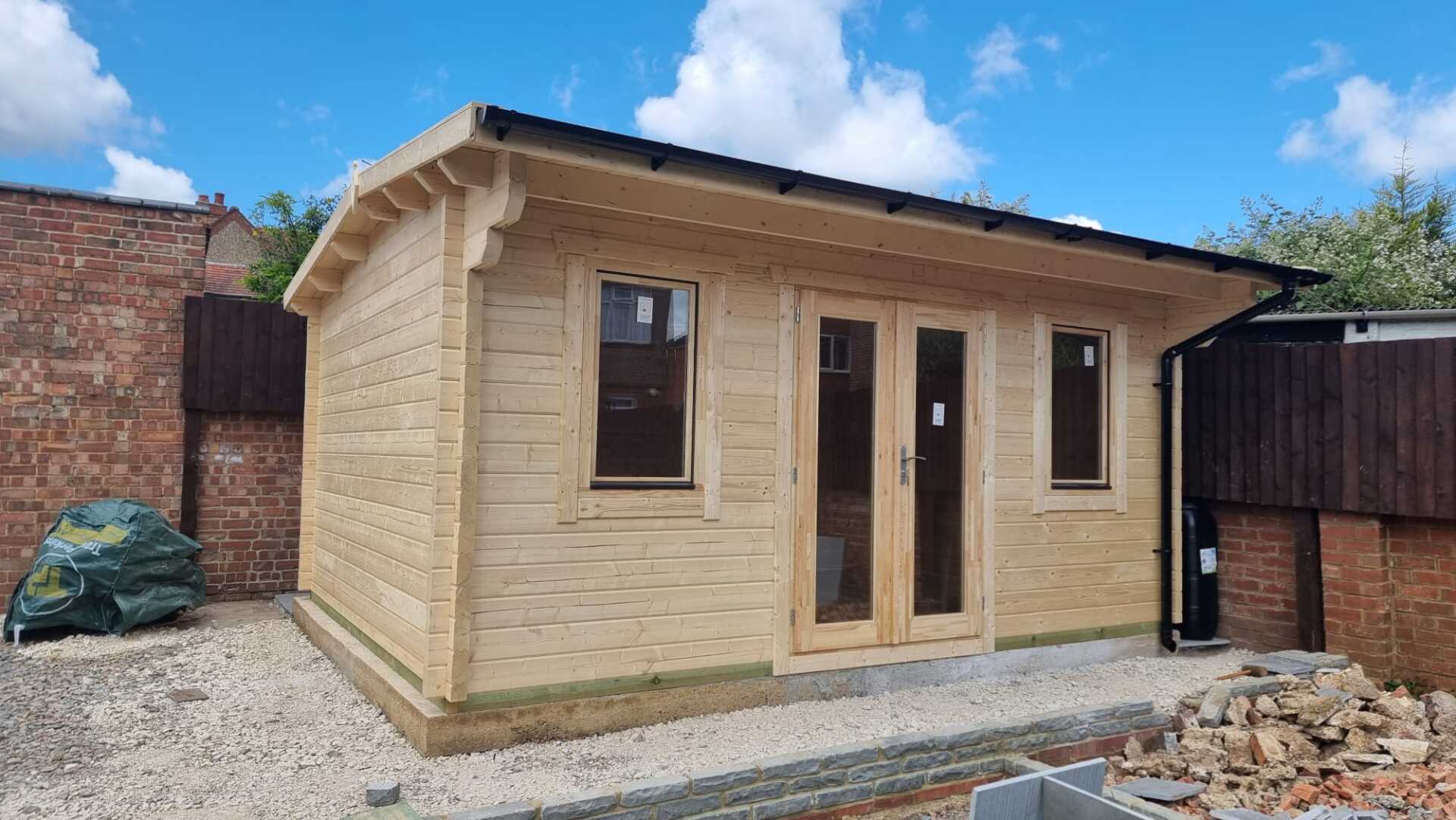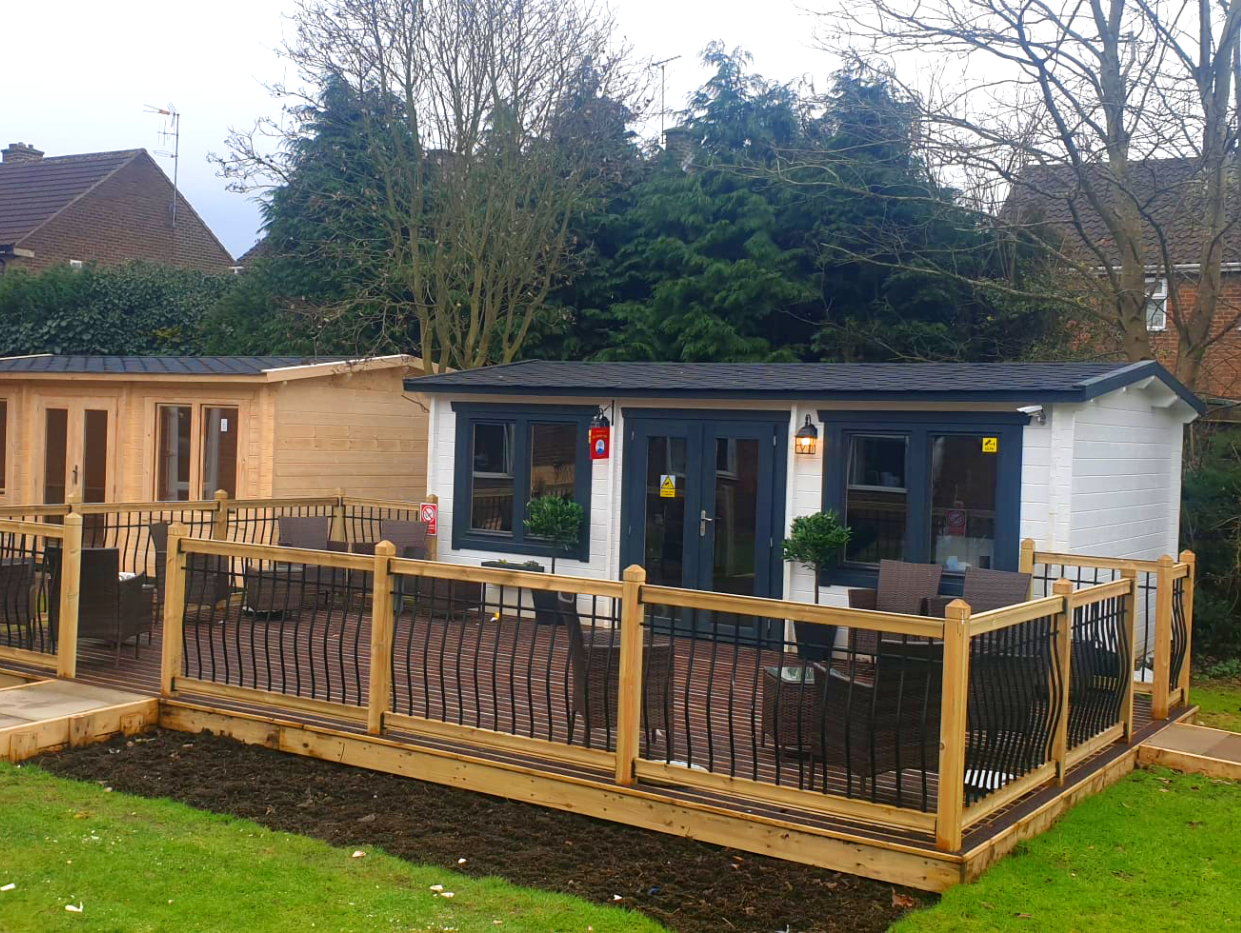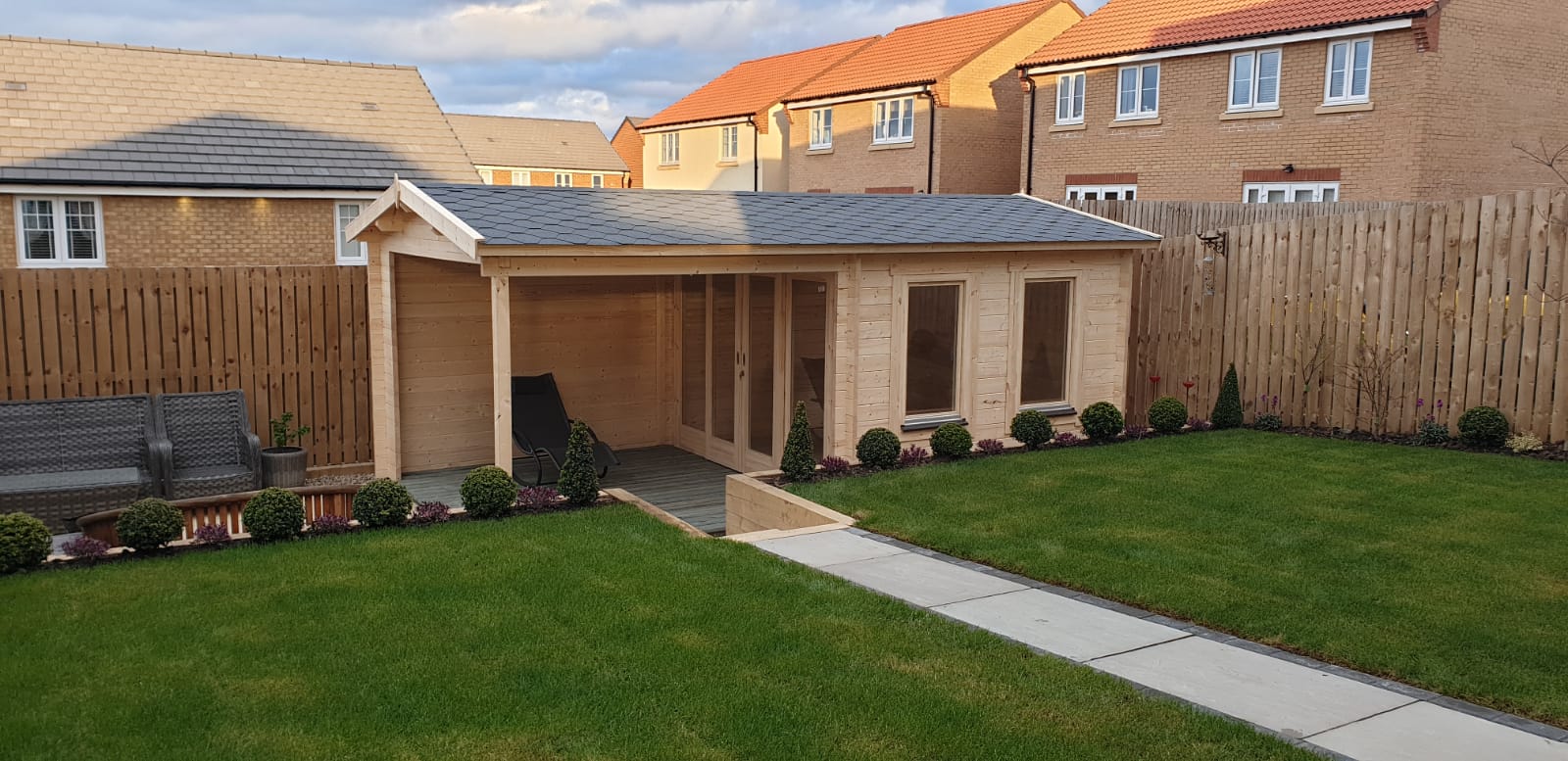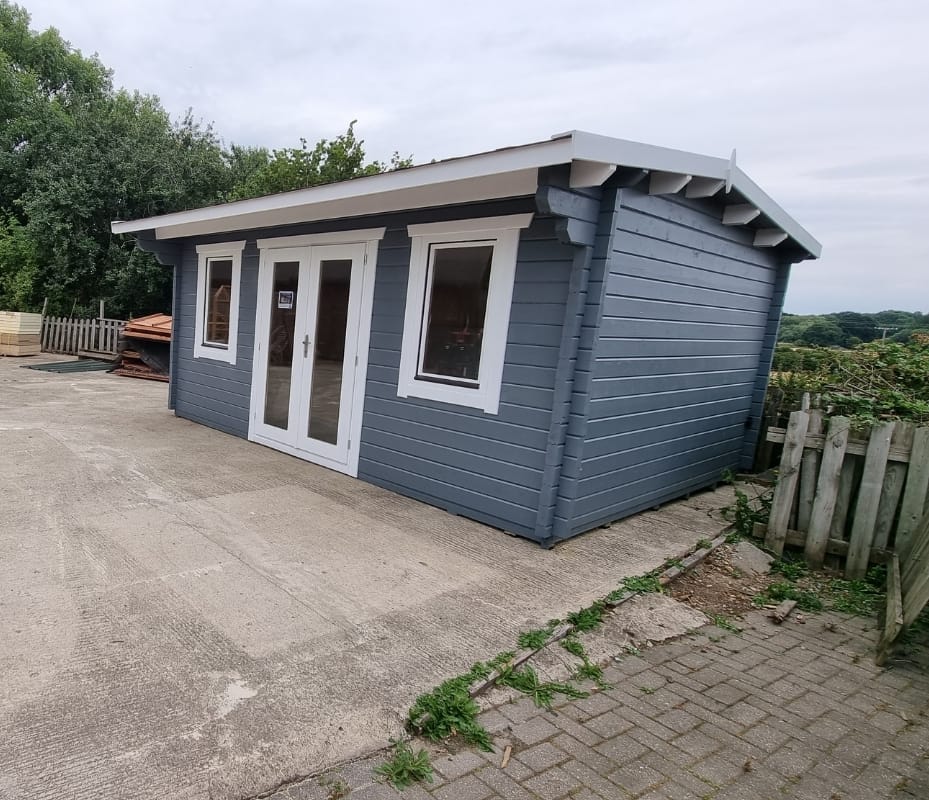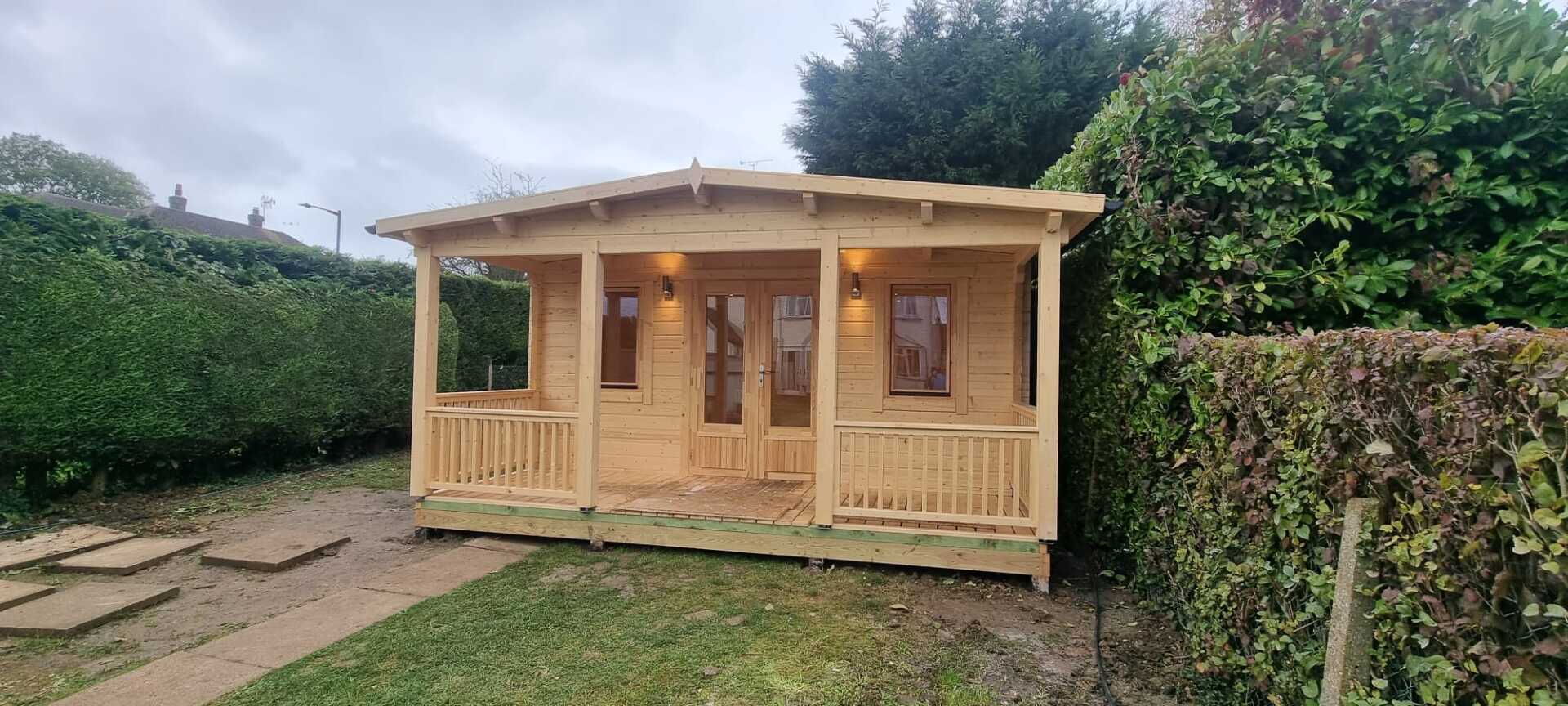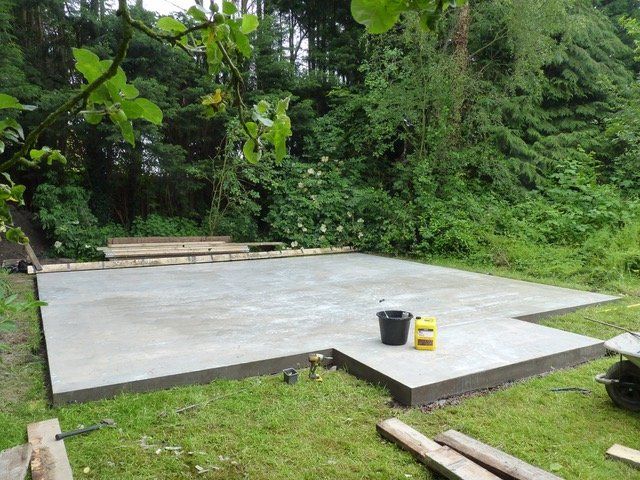How To Build a Garden Fence Using Featherboard
Garden Fence Using Featherboard
Feather edge fencing is a great way to make your garden fence stand out. Whether you are looking for something strong and durable, or just want an attractive alternative that's also cheaper than standard paneling-feather edging will suit all of our needs. The design possibilities with this type of material are endless because each board can be customised according to custom contours on any property boundary line, even making them more stylish too in some cases. Plus these components have been pressure treated which means they'll last longer than other kinds while still being very easy maintenance once installed.
Guide For Fencing
Below is the complete guiding steps to get garden fencing with feather board:
The Parts of Featherboard
Before starting the process, firstly get the accurate parts of your featherboard, such as:
The Fence Boards
For feather boards, you'll want to use a fence that has vertical supports. These are the pieces of wood with rungs attached at different heights for securing your decking material against incursion by predators below the ground level.
The Posts
The fence posts are typically made of treated timber, however, they can also be concrete if one's preference is for a more durable surface. The post may either go into the ground or have metal supports that hold it up - whichever you choose should depend upon what kind your close board fences needs to be at any given moment.
The Gravel
A gravel board is a great way to make your fence line follow the shape of any terrain it faces. It can be used on slopes, hills, or mountains; even if you don't think that there will ever need fences in these places. A 150mm gap below each section where the boards meet with soil will help keep moisture away from underneath them and prevent rot - so not only are they attractive for how well maintained they look but also because no one wants an abandoned garden out back anymore than.
The Capping strip
Once all the feather boards have been attached and cut to your desired slope, it's time for you to protect them! For this task, we recommend using a wood preservative. It will make sure that these joints are water-resistant as well which is an important factor in making outdoor furniture last longer outside year-round without having any materials fail due to who constantly getting wet or molding from humidity levels inside during warm months of summer
Once all pieces were fastened into place with screws driven through their respective holes at regular intervals along its length, one could then proceed overtop.
The Rails
Rails are the cross members that can either be fixed directly onto a post or used with an arris rail. Rails will fit into triangular notches cut on posts, which leaves plenty of flat surfaces for feather boards to grab onto when mounting it in place.
Take the Measurements
Featheredge fencing has featheredge fences. There are three common distances between posts: 1.8M, 2.7M, and 3.0M.
100mm Featheredge board is the standard size and you will need 23 boards to make the 1.8M panel. 35 boards are required for a 2.7M panel, and 39 for a 3.0M panel. It is also worth including a few more boards to be prepared.
After you have chosen the panel width you want You will have to estimate the number of fence posts that are required according to the length of the fence.
Be sure to allow for the 600mm (2 inches) in order for your post to reach the ground when you are determining the length of your post overall. If, for instance, your fence is 1.8M tall (6 feet) above the ground, the length of your fence will be 2.4M (8 feet) in total.
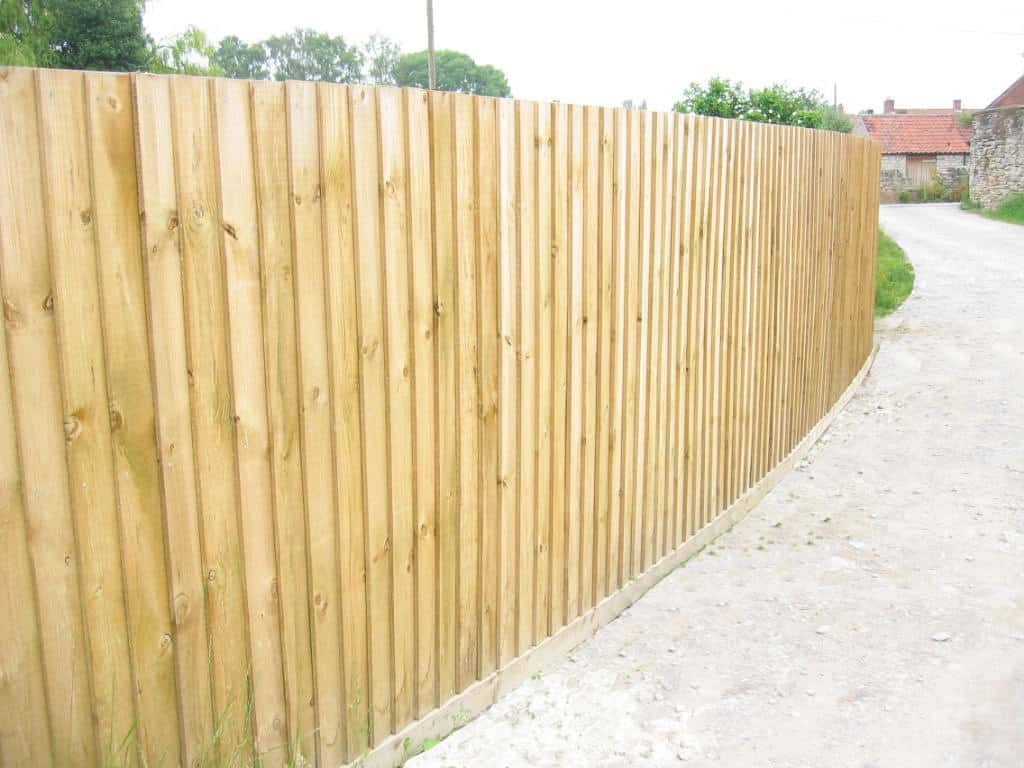
Steps to Be Taken
These are the actual steps take to get the fencing job done:
Setting Up the Posts:
Stepping can involve digging the ground to allow the board to sink into it. Another reason that timber should treat as though it's constantly in contact with the ground all the time, it shouldn't be long before it will begin to decay.
One advantage of using the feather board is it's not necessary to step on the fence when you want to in the same way as you would need to do with any other fence that is panelled. There is a way to set your rails to be parallel with the ground slope while keeping the posts and feather boards horizontal.
Fixing the Iris Rails
If it is firmly inserted in the V-notch on the post the arris rail will be straight to the edge of the post. It will extend as far as the middle of the post next so that the arris rail in the following bay fits inside the notch. When you have added your second post, nail the top, middle the bottom, and top arris rails to the V-notches by nailing them with 75mm. Repeat steps.
Add the Gravel Board
This will give you the location on the highest point of the gravel board. If you're adding a capping rail make sure to include the counter's depth. rail that is positioned underneath the capping rail in the notch. Once you've established the level on all posts, you can attach your Gravel Boards to your posts. Be sure to fix your boards in the middle of your posts, leaving space for attaching the next. Repeat this process for each of your three-meter wide bays.
Fitting the Feather Board
The feather edge board can be then fixed to the outside of the fence. Utilise a spirit level to ensure it's totally level. They should be around 25 millimeters higher than fence posts.
Each subsequent board may be joined to the previous board in the same manner as above. To make sure the spacing is correct, A small block could be utilised to create an even overhang. The minimum overlap should be 25mm. Nails should be 50mm loose-head nails or ovals 50mm in diameter.
As you approach the end of your post, determine the distance and alter the spacing so that you are finished on the outside of the posts. This will ensure that you will have a clean final.
Share This Post.
